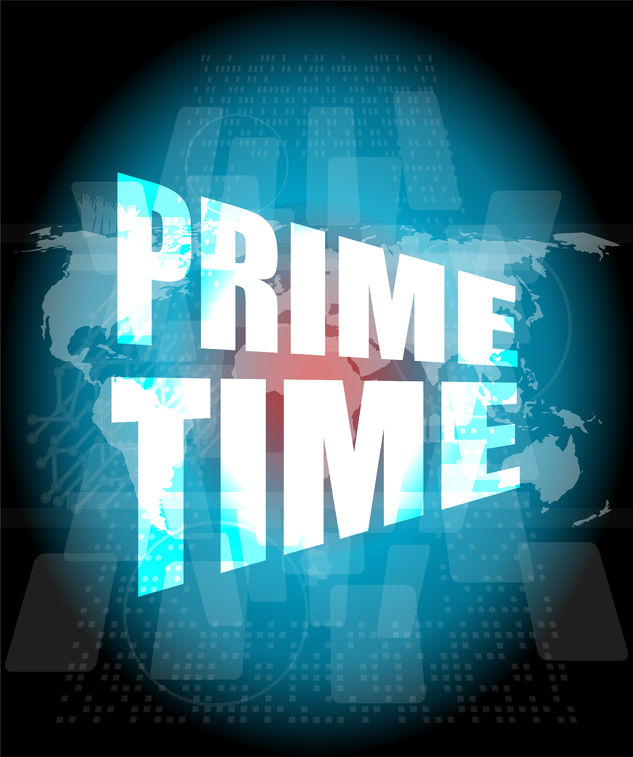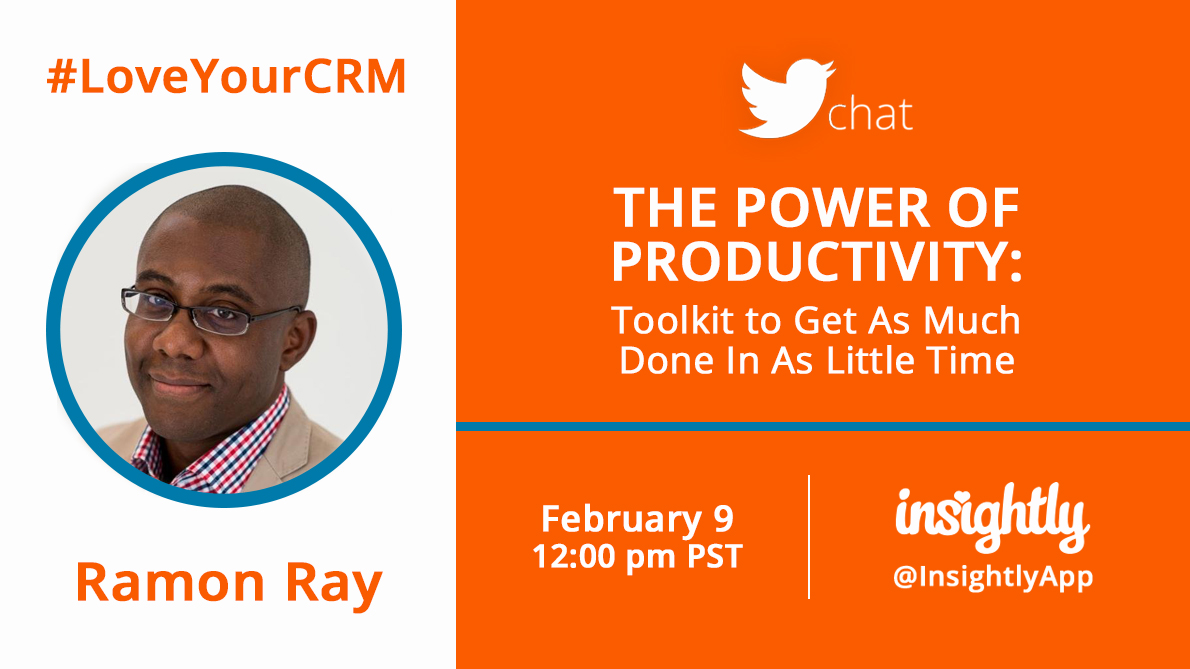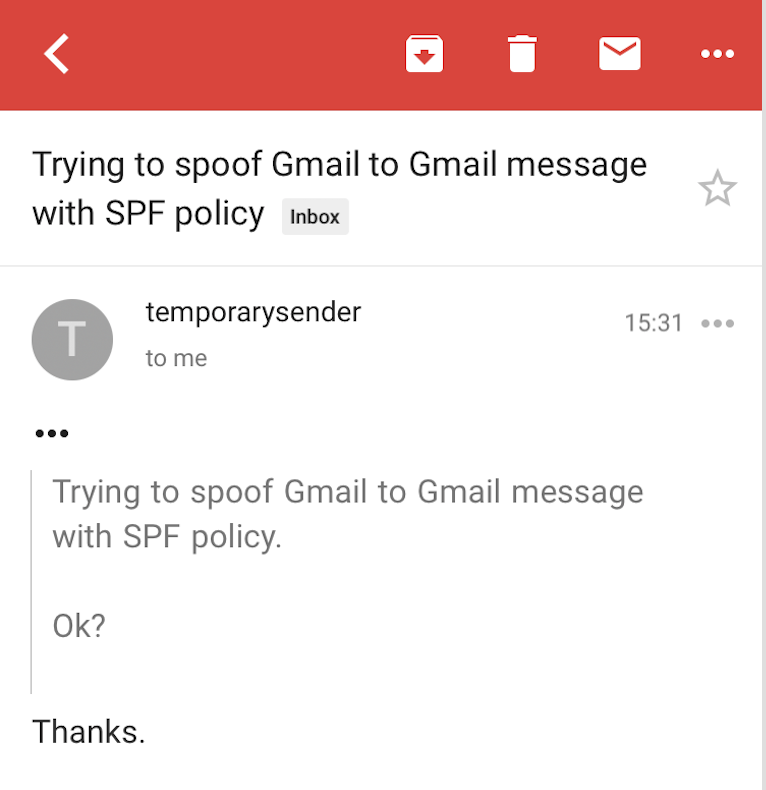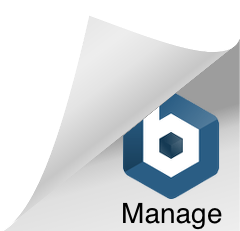
So, you’re thinking about implementing a new CRM (customer relationship management) system. As with any technology decision, your ultimate goal is to improve efficiency through a successful deployment.
Unfortunately, not every CRM works out as intended. Having worked with dozens of clients over the past decade or so, I’ve witnessed this truth a handful of times.
In this post, I’ll share several reasons why CRM projects fail – and how to avoid such failure in your business.
- Making the “Magic Wand” Assumption
As a business owner, you’re a results-oriented person. Simply stated, you have an uncanny knack for making things happen. Unhappy clients? No problem, you’ve got the answer. Broken toilet? The repairman is already on his way to the office. You’ve been through a lot of situations, very few of which you couldn’t handle.
Some people in your situation mistakenly assume that CRM technology is the “magic wand” to the most difficult sales challenges. In reality, a poorly implemented CRM can actually make problems much worse. Before you waste too much time or money on new software, you should first ensure your sales function is solid.
Ask yourself these questions:
- What are our biggest bottlenecks in the sales process?
- What software features could help us improve these issues?
- Do we know what our sales reps are actually doing each day?
- How tech-savvy is our sales team?
- Where do we currently keep our customer records?
- Should we first digitize our sales records into a CSV (if currently using paper)?
- Do sales reps routinely fight over who gets opportunities?
- What resistance will a new CRM face from existing staff?
- Do we need better sales management?
Questions like these should be at least considered prior to adding a new CRM to the mix. Otherwise, you’re likely to spend more time putting out fires rather than achieving goals.
- Picking a System that’s Too Complex (or Expensive)
There are many different CRM options for today’s entrepreneur. Some are better known than others. Some require annual contracts. Still others, such as Insightly, don’t require a contract at all.
As you evaluate the many different platforms, you may feel tempted to pick the CRM that promises the most complex feature set. It’s actually quite a natural tendency. Your sales operations is arguably the most important business function, so surely it deserves the absolute best – right?
I’d like to pause here and make a key distinction in terminology. Just because something appears complex, it does not mean it’s the “best” solution for your business. In fact, quite the opposite is often true. Unless you have an unbelievably complicated data structure, simplicity in system design can make for greater scalability in the future.
How do you avoid picking an overly complex (and expensive) system? For starters, make a list of the main priorities you hope to accomplish with a CRM. Go beyond the superficiality of increasing sales and leads. Ask for your sales team’s input to gauge their wish list. Collaborate with tech-minded people you trust, seeking further guidance on a basic feature list. Once you’ve identified basic requirements, compare your list to the many vendors in the marketplace. During this process, you’re likely to discover new features you didn’t originally consider. Make note of these and decide whether they’re necessities or luxuries.
It’s also helpful to seek CRMs that offer free trials of their services. Or, better yet, look for platforms that are completely free forever. For instance, Insightly offers a free plan (up to two users). Trials and free plans are arguably the best way to measure a system’s fit for your unique business model.
- Hiring a Flaky CRM Consultant
“Good help is hard to come by.”
Believe it or not, this statement even applies to CRM consultants. From the small business owner’s perspective, the technology consulting world can be likened to a “perfect storm.” In an age when countless new SaaS (software as a service) tools and smartphone apps come to market each day, consultants are in very high demand. Most clients lack the in-house technical skills or capacity to successfully deploy such technology, so they logically turn to consultants for help.
Just because a consultant has a website and claims to be busy, it doesn’t mean he or she is a good fit for your business. Over the years, I’ve met many highly compensated software consultants who made lofty promises, only to disappoint.
How can you avoid “flaky” CRM consultants? Although there’s no guaranteed way (at least I haven’t discovered one yet), you might try the following:
Talk to Several Consultants – Social media can be a good place to start your search for CRM consultants. For example, this Insightly user group is home to several well-respected CRM professionals. Reach out to a few and see how long it takes to get a response. Usually, the best consultants will respond within the hour.
Ask for References – Any consultant worth his rate will have a long list of satisfied customers. Don’t be shy to ask for the contact information of a few references (including phone numbers). If you get pushback when asking for references, it may be a sign that you should choose a different service provider.
Look for a Long-Term Partner – A fixed-price project can certainly be alluring. In exchange for a predefined dollar amount, the consultant promises to deliver a specific work product. On the other hand, fixed budgets can tempt consultants to cut corners to maximize the project’s ROI. Regardless of whether you go with an hourly or fixed-budget contract, look for an engagement that sets the table for future success.
Put the Follow-Up Back on the Consultant – Technical proficiency is, of course, an important skill to look for. However, you also want someone who is highly organized and a skilled project manager. Test the consultant’s project mindedness before you ever make the hire. When possible, put the follow-up responsibilities back on the consultant. For example, after the consultant sends his initial proposal, ask him to circle back in a week. If you never hear anything, there’s a good chance you need to interview more candidates.
- Importing Bad Data
As the saying goes, “garbage in…garbage out.”
Even the most technically advanced CRM becomes useless with bad data. Before you spend too much time planning your implementation, it’s wise to first audit your existing records. Is your current data structure logical and scalable? Are you missing important customer information? How confident are you in the data’s accuracy? Gather a list of related questions and form a team to explore answers.
Once you’ve thought through the basics, you should begin reviewing your data in the context of CRM providers. If you’re still in the process of evaluating software providers, take a close look to see which vendor best accommodates your business model. Does the vendor offer a variety of data import options? Will the software natively support your customer record structure – or, will you be forced into complex customizations? Does the company provide any sample files for streamlined testing and importing?
If you have already selected a CRM, now is a good time to become closely familiar with the software’s support documentation. (As an aside, Insightly offers nearly 400 help articles on the topic of “data import.”) Task your CRM consultant or in-house technical resource with the job of understanding such documentation and developing a data import plan.
Before any live records are imported, make sure the plan is both logical and allows for future database growth. Once you’re comfortable with the plan, it’s a good idea to do some sample imports to confirm the proposed process will actually work.
- Providing No Training or Accountability
You’re not just implementing a CRM for the sake of doing so. Rather, you hope that the new software will help your company win more deals with much less effort. Failure to get proper buy-in from your staff will thwart such good intentions.
What steps should you take to ensure your team fully adopts the new technology? Here are a few simple ideas:
- Openly communicate prior to the launch – Your sales team doesn’t like surprises, especially those involving their sales software. In the weeks (or months) leading up to the change, communicate openly about your intentions and answer the “why” behind the shake-up.
- Host a live training session (or series) – There’s just something about a live training session that can help put many concerns to rest. Prior to launch, invite your team to live demos of the new software. Keep it informal and engaging but be sure to cover the key points.
- Post the recording(s) to a shared drive – It’s possible your team will have more questions as they begin to use the new CRM. Build a repository of training materials, including the recordings from past training sessions.
- Create work instructions – Sometimes, it’s just more effective for your sales reps to refer to a quick reference guide – rather than searching aimlessly through past videos. For common activities (such as assigning a lead, converting a lead to an opportunity, or building forecasts), you might consider creating an archive of written work instructions. Give your staff “view only” access so that they can see – but not edit – the files.
- Incentivize adoption – If your hunch is right, a highly effective CRM could add significant value to your bottom line. Think creatively for ways to incentivize adoption of the new software. For example, is it feasible to award monthly bonuses based on the number of opportunities converted by each rep?
- Creating Unnecessary Busywork
No one likes busywork – especially sales professionals.
As your team starts to use the CRM, you may begin to hear grumblings about their many new responsibilities. Entering lead records, updating revenue projections, and running reports are just a few administrative tasks you’re likely to hear about.
This type of feedback is highly beneficial, as it can be the catalyst for even greater workflow automation. Continuously review your provider’s feature set in the context of your evolving needs. In time, you may find it necessary to enable additional value-added features, such as:
Automated Web Lead Collection – Most CRMs offer some type of web-to-lead feature. For example, Insightly makes it easy to generate HTML code to embed as a form on your site. Once installed, leads who submit the form will automatically appear as new lead records.
Mobile Apps – Are your sales reps so busy in the field that they rarely have “office time”? Check to see if your CRM offers a mobile app for on-the-go data entry. Such apps can help your team capture the right information at exactly the right moment – without being chained to a desktop computer.
Integration to Tools You Use – Your CRM is an important piece of technology; but, so is your email marketing system, document hub, and accounting software. Familiarize yourself with your CRM’s out-of-the-box integration partners. In a few clicks, you may be able to enable a data integration that provides more reliable information with much less effort.
Other Data Entry Hacks – How are users at other similar-sized companies using their CRMs? Are there certain time-saving hacks you’re unaware of? As an example, many customers are thrilled to learn about Insightly’s mailbox feature. Rather than saving an email to PDF and importing it as a file, users can simply forward the message to Insightly. Insightly links the email to existing records (or creates new ones if none exist).
Going beyond your CRM’s functionality, reducing busywork is also dependent upon the expectations you set. Asking for regular and accurate updates is, of course, understandable. Just don’t go overboard and micromanage your team into frustration.
Avoid CRM Failure with a Better Approach
As you can see, your success (or failure) with a CRM depends on many factors. Luckily, you’re a great leader and highly motivated to make this work.
Just stay focused on the main reason behind implementing a new CRM – that is, growing your business. Everything else should fall into place nicely.
At Insightly, we offer a CRM used by small and mid-sized businesses from a variety of verticals. Learn about all of Insightly’s features and plans on our pricing page or sign up for a free trial.
Share love, share Insightly: Refer Insightly, Receive a reward.

Matt Keener is a marketing consultant and President of Keener Marketing Solutions, LLC. Matt specializes in content marketing and strategic planning, having helped numerous Saas (software as a service) companies and other small businesses worldwide. Read more of Matt’s work, check out his book, or connect with him on Linkedin.






























